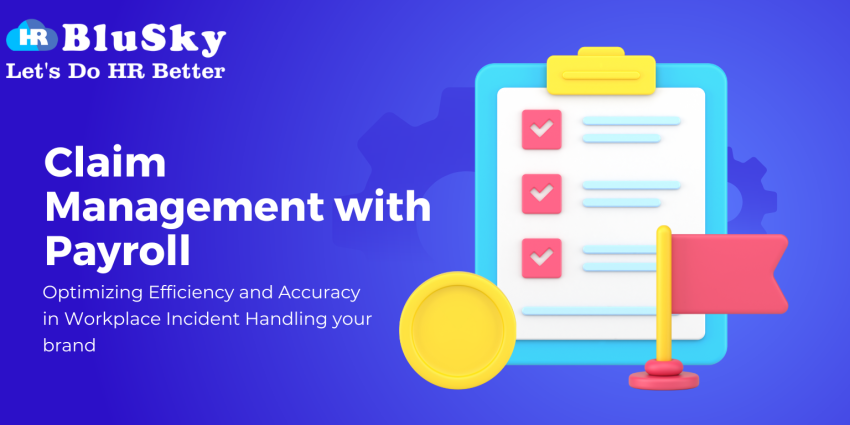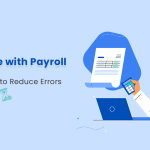Enhancing Risk Management Strategies
Enhancing risk management strategies is vital for protecting organizational assets and ensuring employee safety. By integrating claim management with payroll systems, organizations can gain comprehensive insights into potential risks and incidents. For example, analyzing historical claim data can reveal trends that indicate higher risks in specific departments or job roles. Thus, organizations can proactively implement targeted safety measures and training programs to mitigate these risks, ultimately fostering a safer workplace environment. Furthermore, these proactive strategies not only address existing concerns but also anticipate future challenges, creating a culture of continuous improvement in safety practices.
Supporting Health and Wellness Initiatives
Supporting health and wellness initiatives is crucial for promoting employee well-being and productivity. With integrated claim management and payroll systems, organizations can track health-related claims and identify common health issues among employees. In addition, leveraging this data enables HR teams to design tailored wellness programs that address specific employee needs. Consequently, investing in health and wellness not only enhances employee satisfaction but also reduces absenteeism and healthcare costs. Moreover, by fostering a healthier workforce, organizations can improve overall morale and create a positive work environment that encourages engagement and retention.
Facilitating Compliance Audits and Reporting
Facilitating compliance audits and reporting is essential for meeting legal and regulatory requirements. By combining claim management with payroll systems, organizations can maintain accurate records and streamline reporting processes. For instance, having all relevant data in one system simplifies the preparation of reports needed for compliance audits, such as OSHA documentation. As a result, this integration reduces the burden of compliance and helps organizations avoid potential fines or legal issues. Additionally, by being proactive in compliance efforts, businesses can build trust with stakeholders and demonstrate their commitment to ethical practices.
Enhancing Business Continuity Planning
Enhancing business continuity planning is vital for ensuring operational resilience in times of crisis. By integrating claim management and payroll systems, organizations can create comprehensive plans that address employee safety and incident management. For example, having access to real-time data allows organizations to respond quickly to workplace incidents and allocate resources effectively. Thus, this proactive approach ensures that businesses can maintain operations even during challenging circumstances. Furthermore, by regularly reviewing and updating these plans, organizations can adapt to new threats and continue to thrive in an ever-evolving business landscape.
Utilizing Technology for Continuous Improvement
Utilizing technology for continuous improvement is key to staying competitive in today’s fast-paced business landscape. As organizations embrace integrated claim management and payroll systems, they can leverage advanced analytics and reporting tools to identify areas for improvement. Furthermore, implementing feedback mechanisms allows employees to share their experiences and suggestions, fostering a culture of continuous enhancement. Ultimately, this commitment to improvement leads to higher efficiency, employee satisfaction, and organizational success. Additionally, by investing in the latest technologies, organizations can ensure they remain agile and responsive to market changes.
Building a Culture of Safety and Accountability
Building a culture of safety and accountability is fundamental to minimizing workplace incidents. By integrating claim management with payroll systems, organizations can emphasize the importance of safety in everyday operations. Moreover, providing employees with access to safety training and incident reporting tools encourages accountability and proactive behavior. As a result, fostering this culture not only enhances employee well-being but also contributes to a more productive and engaged workforce. Furthermore, by recognizing and rewarding safe practices, organizations can reinforce the significance of safety and accountability among employees.
Strengthening Organizational Resilience
Strengthening organizational resilience is essential for navigating the complexities of the modern business environment. By integrating claim management and payroll systems, organizations can create a robust framework for responding to workplace incidents and adapting to changes. In addition, this integration enables businesses to analyze trends and anticipate future challenges, allowing them to make informed decisions and allocate resources effectively. Consequently, building resilience ensures that organizations can thrive despite uncertainties and challenges. Moreover, a resilient organization not only survives adversity but also leverages it as an opportunity for growth and innovation.











